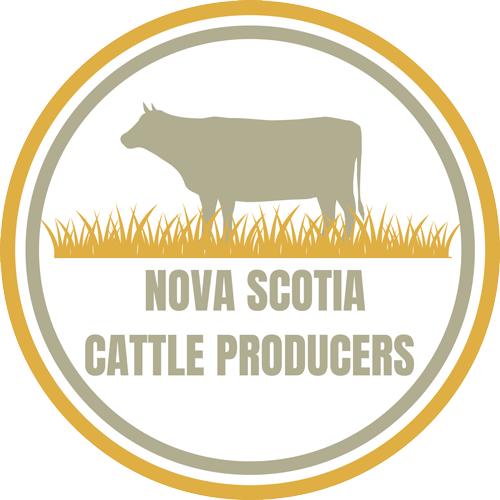Life in the meat market
Cattle farmers ponder future when prices are at all-time high
ST. ANDREWS — Ever have a bear spook $20,000 of yours?
It’s not pleasant.
On Monday, Mike, Ryan and Allister McCarron were trying to round up cattle that were startled two days earlier when a bear got into their pasture.
The 10 animals charged through a fence and went running in all directions. They were spotted in neighbours’ yards and amongst the soybeans.
Still driven by fear, they wouldn’t let the McCarrons anywhere near them Monday.
“Why raise cattle when you can crop farm without that stress,” said family patriarch Allister as he rested his feet under a towering silo.
“Your investment can get sick or just run away.”
On Monday, the McCarrons were talking about getting out of raising cattle when the price for beef is at an all-time high.
Raising cattle may be a way of life, but it’s also a business — a business that’s had a rough decade.
In May 2003, a cow sent to an Alberta slaughterhouse was found to have bovine spongiform encephalopathy, or mad cow disease. The United States border was closed to Canadian beef imports and the price to farmers dropped overnight from $1.20 a pound for cull cows to 18 cents per pound for the same animals destined to end up as hamburger.
Brad McCallum estimates nearly a third of Nova Scotia’s 1,300 cattle farmers at that time got out over the ensuing years.
And they’re not getting back in now that the price is high — about $1.50 per pound for cull cows and $2.50 per pound for finished steers.
“Right now, buying in would be like buying stock high and hoping it keeps going higher,” said McCallum, managing director of the Nova Scotia Cattle Producers.
Raising a cow to finishing takes from 30 to 34 months, making it a long-term investment.
Allister McCarron sold his dairy quota in June, and his 25-year-old son Ryan has balked at expanding their 40-animal beef cattle herd.
“You’ll never see anyone with 30-, 40-cow herds making a living anymore,” said Ryan.
His four older siblings work in oil and gas. He studied dairy management at Dalhousie University’s Faculty of Agriculture in Truro, and he doesn’t see a decent income to be made buying into dairy because of the cost of quota, or buying into beef due to the high prices.
If Ryan — with the advantages of growing up raising cattle and having a family who would help — doesn’t see an income in raising beef, who will?
Statistics Canada puts the average age of beef farmers in the province at about 56.
“I do run across young farmers all the time who are interested in the beef industry, whether it be building off a family herd or purchasing into a neighbouring herd,” said McCallum.
“But they are still outweighed by the older generation looking to cash in.”
Donald MacLellan is one of those older farmers, but he’s not looking to cash in.
“Till I die,” answered the 81-year-old farmer Monday when asked how long he would keep raising cattle.
After mad cow hit, MacLellan and his son Tom increased their herd by a third. They now have 35 head at their farm in Beaver Meadow, Antigonish County, and another 134 at the Cape John Community Pasture in Pictou County.
Like most Nova Scotia cattle farmers, both MacLellan and his son have day jobs.
“I worked a full-time job so I could raise cattle in the evenings,” said MacLellan.
Beyond working for the Town of Antigonish and raising a large herd of cattle, he also raised a family and served as chief of the town’s fire department for 24 years.
“The beef industry has never been very profitable,” he said.
“Prices are high now, but it would be too expensive for anyone to get in.”
The province’s average herd size is about 40 animals. McCallum said that while that’s larger than a hobby farm, it also means most of the province’s cattle farmers have an alternate source of income.
Those alternate incomes cushioned the blow of mad cow and allowed some farmers to actually expand while prices were low, keeping the total provincial heard at about 18,500 animals despite so many farmers getting out.
For the new generation like Ryan McCarron who want to be full-time farmers, the question is whether they can afford the inevitable debt involved in getting big enough to survive.
There is light on the horizon.
McCallum points to the Canada-European trade agreement that will give Canadian beef farmers easier access to large European markets.
“And we’re 3,000 kilometres closer than our Western Canadian competitors.”
In a cyclical industry, there will be a cheaper time to buy in.
But on Monday, Ryan McCarron was thinking about getting back his father’s cows.
Both he and Allister were also thinking about switching to crop farming. While there are stresses to raising soybeans, wheat, corn, barley and oats, at least you don’t have to worry about them running away.
